Illustration by Harshita Bandodkar
A Change in Rhythm
One unexpected consequence of the lockdown in Mumbai was that it forced me to explore every inch of the suburb that I’d lived in for years. A few weeks into the lockdown, evening walks with friends became the preferred mode of social interaction. We discovered quaint cafes and well-maintained parks tucked away in hitherto unnoticed nooks and corners. Devoid of office-goers returning home in their cars, the inner lanes of the suburb were now filled with strollers such as us, and people of all ages on shiny new bicycles – seeking balance, both mental and physical.
Sometimes what we saw during our excursions reminded us of an earlier ‘normal’ time – an old poster on the wall of a Theatre which had shut, one that forlornly advertised the ‘performance’ of a play in March 2020. Sometimes it felt as if time slowed down as we stood in socially distanced queues outside a café to buy coffee. What else could explain Mumbaikars’ patience to stand and gaze at the world going by?
Without office commute, other timelines gave structure to my day–phone calls and zoom calls and chat sessions, of course; but also 8:00 a.m. and 6:30 p.m. balcony-birding observation schedules suggested by the good folk at Early Bird. Watching Red-vented Bulbuls frolic and hearing their melodious calls definitely beat wincing at the raucous honking of red BEST buses during peak traffic hours. Thankfully, there was no dearth of entertaining birds on the trees nearby – ‘cartoon’ coppersmith barbets, sleek sunbirds, chatterbox parakeets, fantails, tailorbirds, kites, etc.

Coppersmith Barbet, seen within the city
The Force Awakens
Three of us comprised the squad that made the first trip to Bps on 3rd October. Either it was the monsoon, the drop in pollution levels, or simply that ‘absence makes the heart grow fonder’, the Bps area had never looked this beautiful before. The foliage was lush, in most grassy patches the grass waved gently several feet above my head. “Hello again”, it said, “hello again. That passed, so will this.”
So I took a deep breath, literally, and then many more – walking a little ahead of my friends for short stretches of time and taking off my mask. It felt so good to inhale the clean air and the fragrance of greenery.
The thrill for the day was finding a tree laden with Baya weaver nests and watching the yellow tinted Bayas flitting between that tree and others. Thanks to some other helpful birders, we also got a sighting of the Eurasian wryneck (scientific name – Jynx torquilla). A well-camouflaged, shy, and ‘ornery-looking bird, it makes up for its plain appearance with unusual behaviour. It has an ability to turn its head through almost 180 degrees; when disturbed at the nest, wrynecks use this head-twisting and snake-like hiss as a threat display.
This odd behaviour led to their use in witchcraft in medieval England, hence the phrase ‘to put a “jinx” on’ someone. One lives and learns!
Apart from these there was a host of regular water birds such as cormorants, egrets, pond herons, grey herons, spot-billed ducks, and shrikes, prinia, swallows, and bulbuls in the grass and trees. There were lots of brightly attired kids on their bicycles with tired-looking parents trailing them; I suppose we weren’t the only ones who’d thought of escaping the city.
After a few forays to Bhandup Pumping Station, we ventured further out to the lake near Seawoods in Vashi, which didn’t disappoint. We found bulbuls, bee-eaters, sunbirds, babblers and munias in the trees and shrubs, and egrets, cormorants, stilts, sandpipers and pond herons in the lake. The highlight was a trio of magnificent Painted Storks, one of which had us enthralled with its meal-time performance. It lowered its head into the water, waved it from side-to-side, emerged with a small fish in its beak and swallowed it; we could even follow the progress of the captured fish down its long throat with the naked eye, it was so close.
The Birding Bug is Infectious Too!
Bhandup pumping station, Seawoods Lake, Lokhandwala Lake, Kaifi Azmi Park, Hanging Gardens, we had visited all the green spots within the city that we knew of, and still we wanted MORE. Enter Deval, a young lad completing his Masters in Wildlife Sciences, who knew all the green spots and water bodies in and around Mumbai. Deval took us birding to places we’d never even heard about. The Bhopar Grasslands and Gavdevi Mandir area beyond Dombivili East, Padle Gaon beyond Rabale, Green Valley Nature Park in Belapur etc. Birding with Deval as guide meant interesting trivia coming our way – how the Red Avadavat gets its red colour during the mating season, the strength of the Giant wood spider’s web. One of the biggest advantages of having Deval along was that the LBJ (little brown job) sightings vanished altogether; you know, an LBJ, one of those small brown (or grey) birds with few identifiable features, you have no clue which species it is but you still want to add it to your bird-list and increase your bird-count, so…No. 23–LBJ! Now we always knew whether we were looking at a lark or a pippit, a plain prinia or a warbler, a swift or a martin…you get the drift.
After being cooped up inside, especially during the weeks when the travel-only within-a-radius-of-2-km-from-home rule was in place, escaping to these green patches was such a relief. It felt as if a cage had sprung open and I was finally free to spread my wings.
Perhaps everyone in the group experienced some version of the same emotion. The birding bug got us all, to varying degrees. V went to Delhi to spend some time with her parents and persuaded friends there to join her on a trip to Bharatpur sanctuary. R began looking out the window at home to spot birds and practice photography in his free time; within a few weeks, he’d developed both patience and skill, standing stock-still for 15-20 minutes and capturing shy birds like the Bluethroat on camera. By December ’20, M had begun baking homemade cake and scones to bring on every birding jaunt, V had purchased binoculars, K had two new bird guidebooks, R was debating which zoom lens to purchase for his camera, and we had a buzzing birding group on WhatsApp. M had also leaned on her network of friendly cab drivers to ensure that we’d know when the flamingos began visiting the lakes and creeks around Mumbai.
K succumbed completely to birding mania and went bird-watching every single weekend for six months at a stretch, from October through March. No one else could match her enthusiasm though, so the composition of her crew changed on every trip. K was a stickler for arriving at the destination just as the sun’s rays did, and she refused to consider sleep as a valid reason for changing a 5 a.m. departure schedule.
Me, I sharpened my persuasion skills, often negotiating with K the previous evening to delay departure in the morning by just 20-30 minutes, ‘pleaaaaaaaase’. I learnt to optimise space constraints too; checking that careful folk on every trip would carry loads of sanitizer, so that I could ignore it and fill every available cubic centimetre of my backpack with snacks instead (apart from binocs and bird-book, of course).
Occasionally, I applied people management skills too. In Karnala bird sanctuary, to our dismay, we found a group of about 15 noisy people starting off down the birding path at the same time as us. Fearful that they would drive all the birds away, I helpfully pointed out the track to the Karnala fort to them, “a proper hike, and the Fort gives better photo-ops”. Thankfully, they believed me and we lost them. Whew!
A New Hope
Driving over the Airoli Bridge early one morning, I could feel my spirits soar as I saw the sunrise from behind a hill in the distance while a flock of painted stork flew by overhead. I rediscovered the meaning of serenity in some fields near Kharad – as the sky transitioned from violet to rosy-pink and then light blue, hills materialized out of the mist in the distance, four horses grazed in a meadow nearby and two nomads watched over their herd of sheep, no other humans nor noise. The stream near Padle gaon, calm and beautiful as a painting by Constable. Sitting on a bench under a tree by the Seawoods lake, gazing at the red leaves in the (unfortunately murky grey) water; who’d have thought that leaves that looked so untidy fallen on the ground would look so pretty floating in the water!
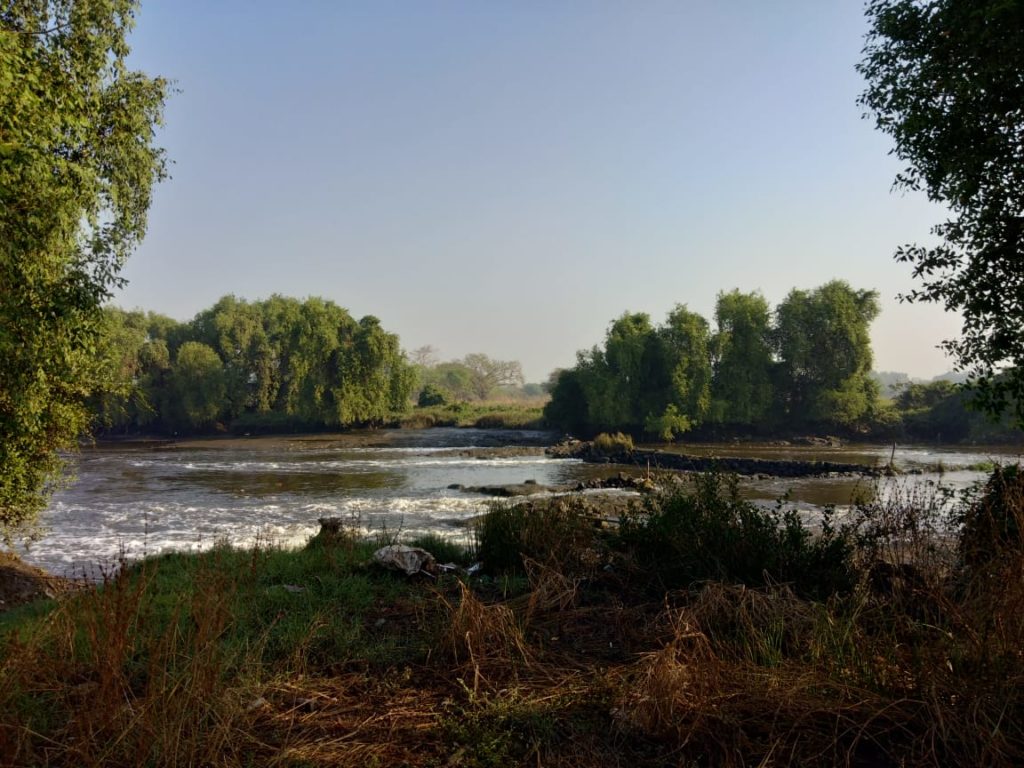
The best experiences were when we diverged from the designated trail and followed a random path on a whim. In Karnala, we took a right turn down a path just as we were about to exit, and were rewarded with a sighting of the stunning Black-hooded Oriole. In Matheran, following a bird’s call, we took a turn onto a thin path through the forest and ended up discovering a hidden green wonderland. As I scanned the thick green canopy, I found a Malabar Giant Squirrel – resplendent in its reddish-brown coat – solemnly gazing down at me from a branch high above, a nobleman pondering the course of action when faced with intruders in his domain.

Virus, lockdown, economy, work–what were those? Forget worrying about them, who could spare the mental bandwidth to even remember what those words meant when there was so much of nature’s bounty to soak in.
Photo courtesy: Most of the photographs used in this post were contributed by Meera Joshi and Ramneek Jain.
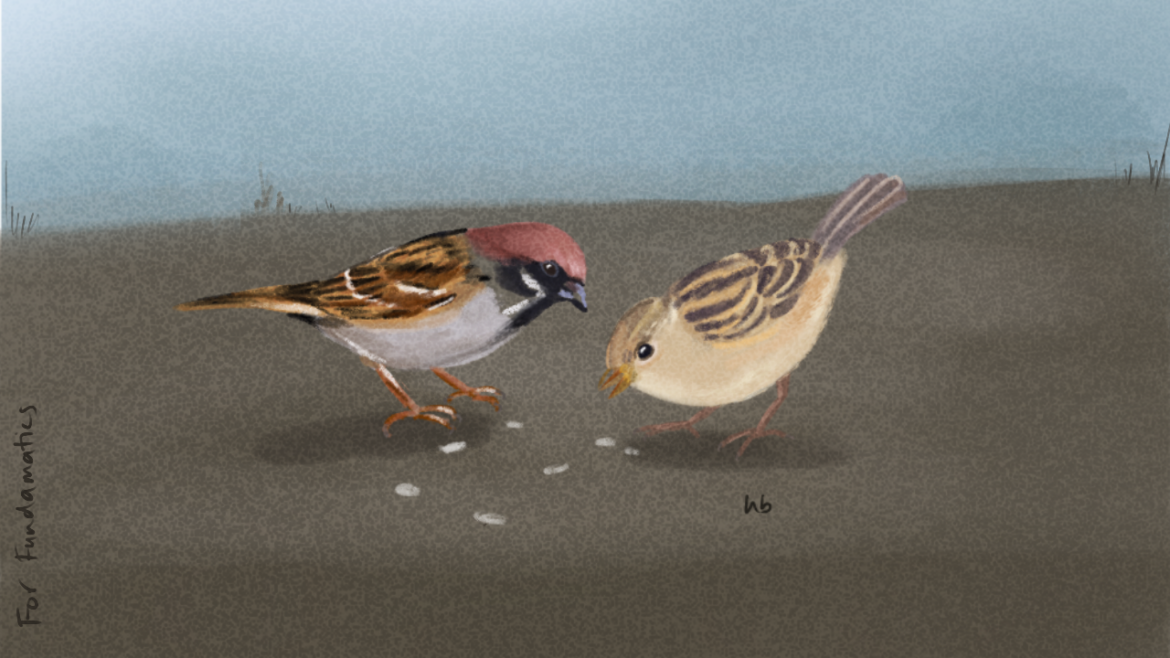

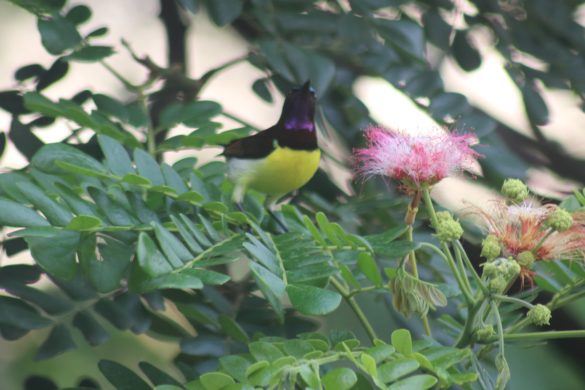




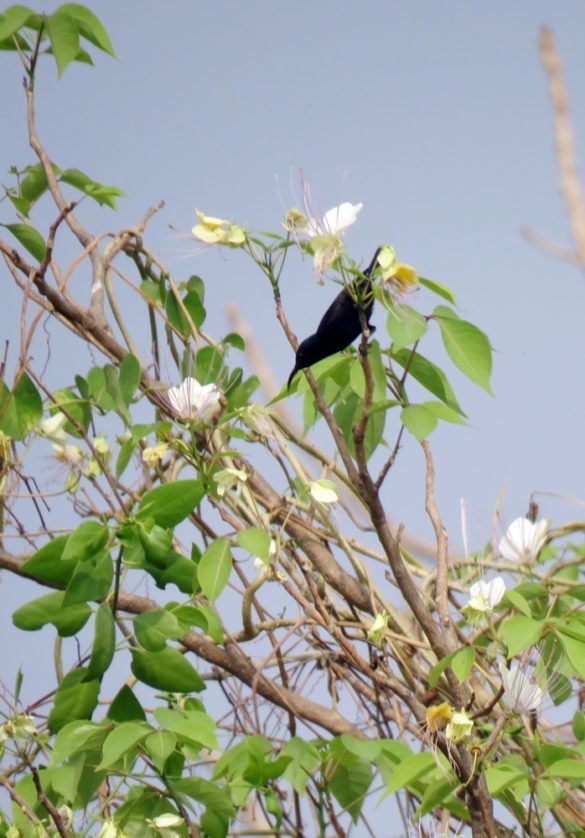

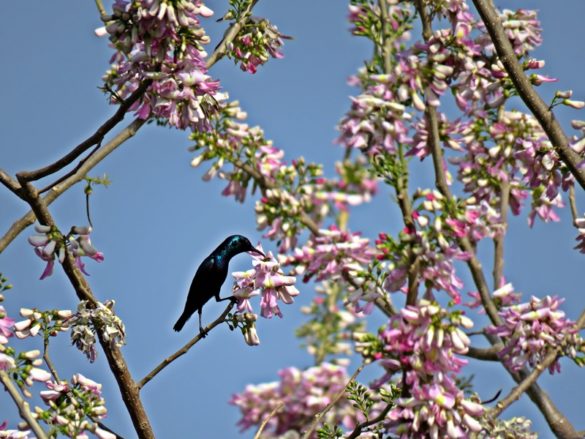





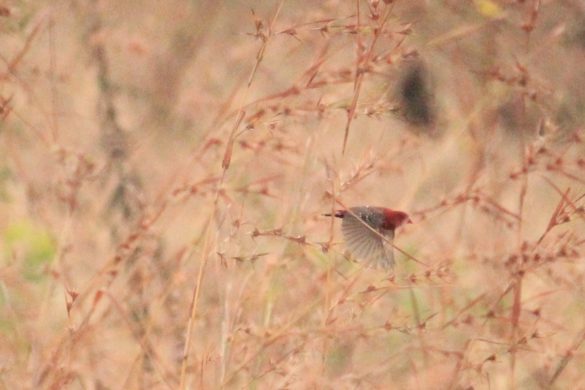

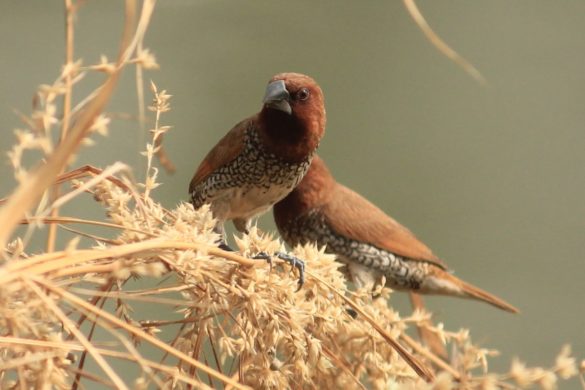

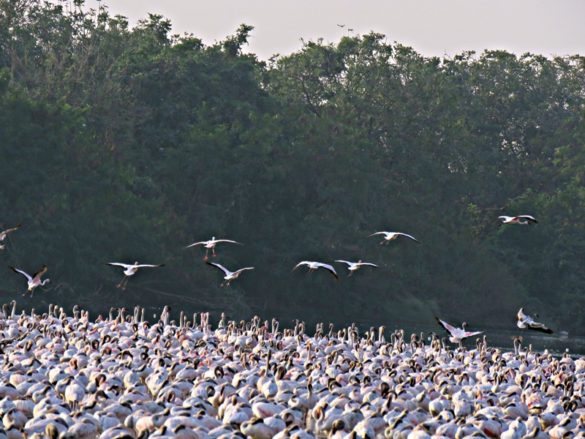


4 comments
Hi Zen,
I struggled for words to describe the wonderful journey on Birding and Nature, so all I will say is that both text and visuals complement each other in a most wonderful manner. Lovely pictures, makes one fall in love with birding.
Hi Ranju,
You are too kind ! Really thrilled to read that you enjoyed the article. I cannot take any credit for the pics though, those were taken by two of the birding gang – Meera and Ramneek.
Thanks,
Zen
Hi Zen,
This is written so well, I could visualize your trips and tempts me to try it out. I wonder if i will have the patience. And you have learnt so many bird names too..:)
Hi Vidya,
So glad you liked the article, thanks for letting me know. As for trying it out, maybe someday we should go birding together.
Coincidentally, I became enthusiastic about birdwatching after I went on a few jaunts with another H10ite a few years ago, remember GBat ?
🙂
Zen